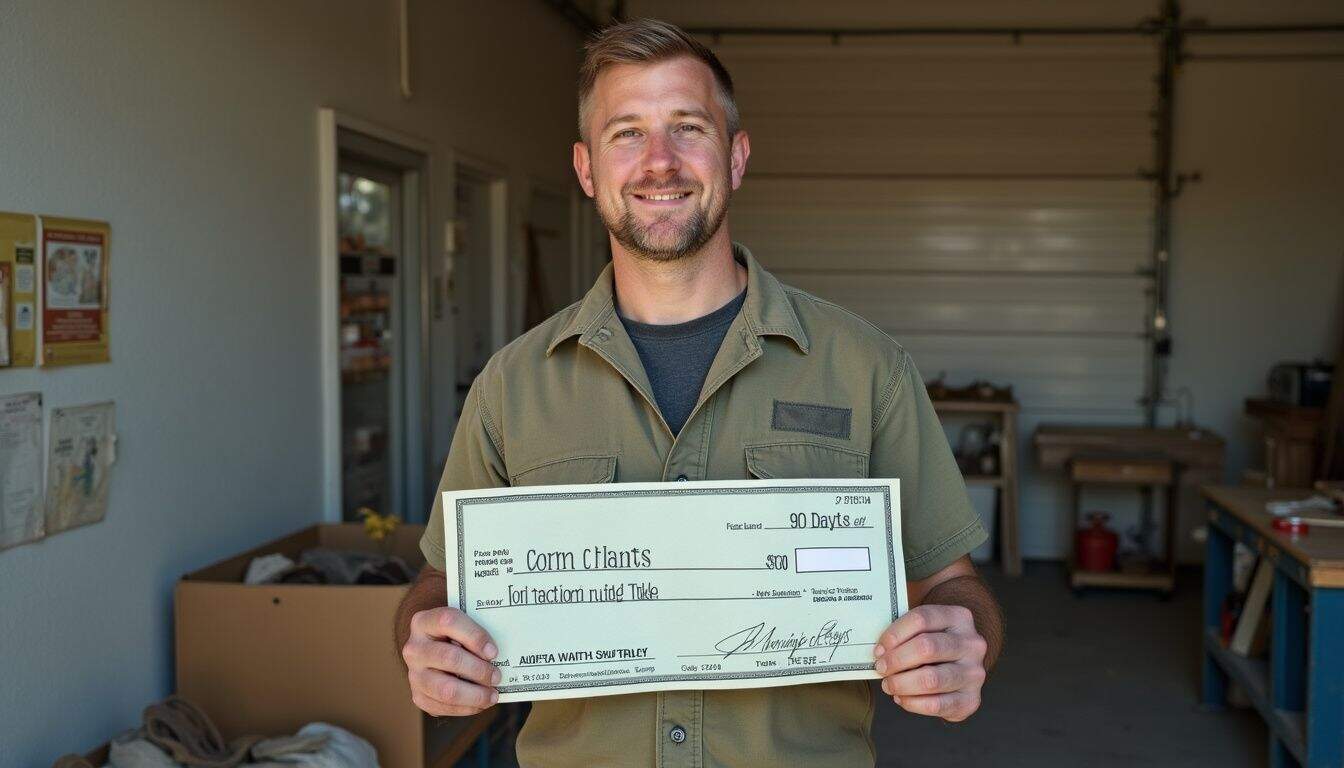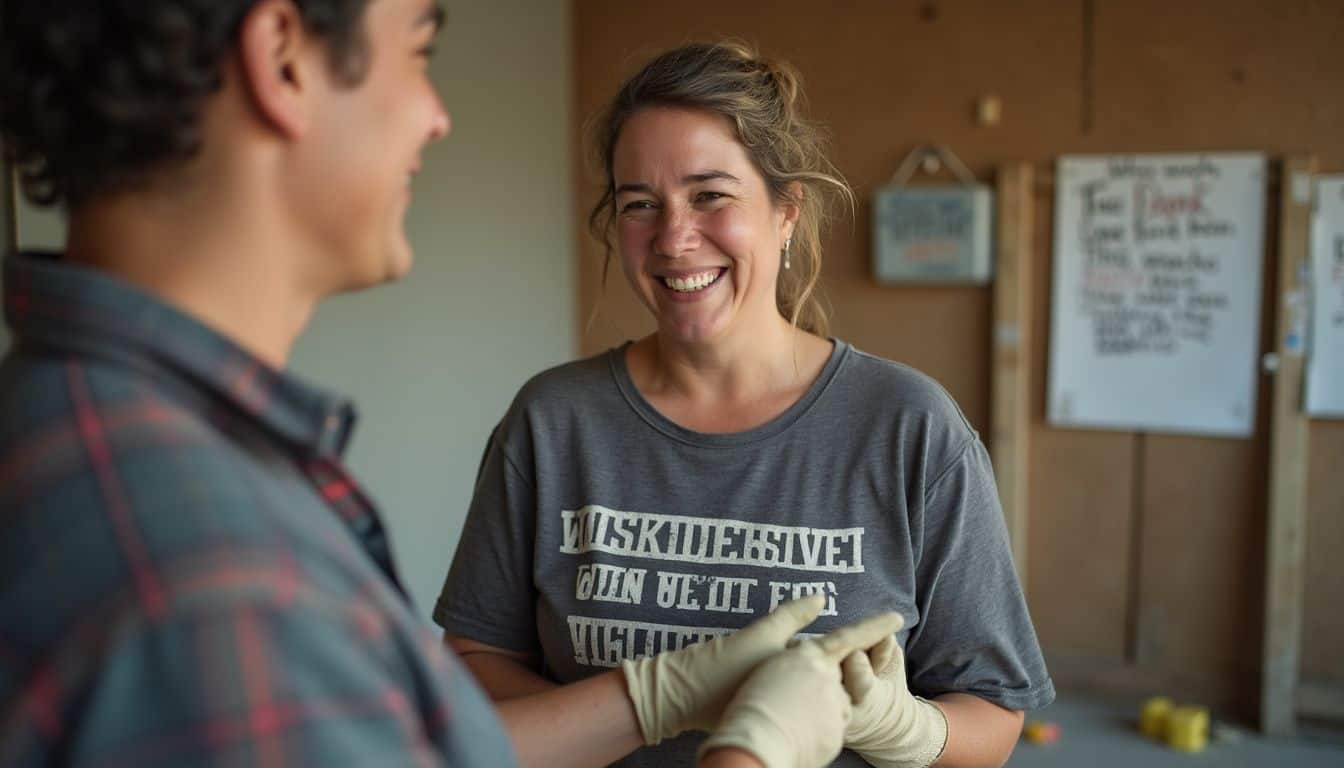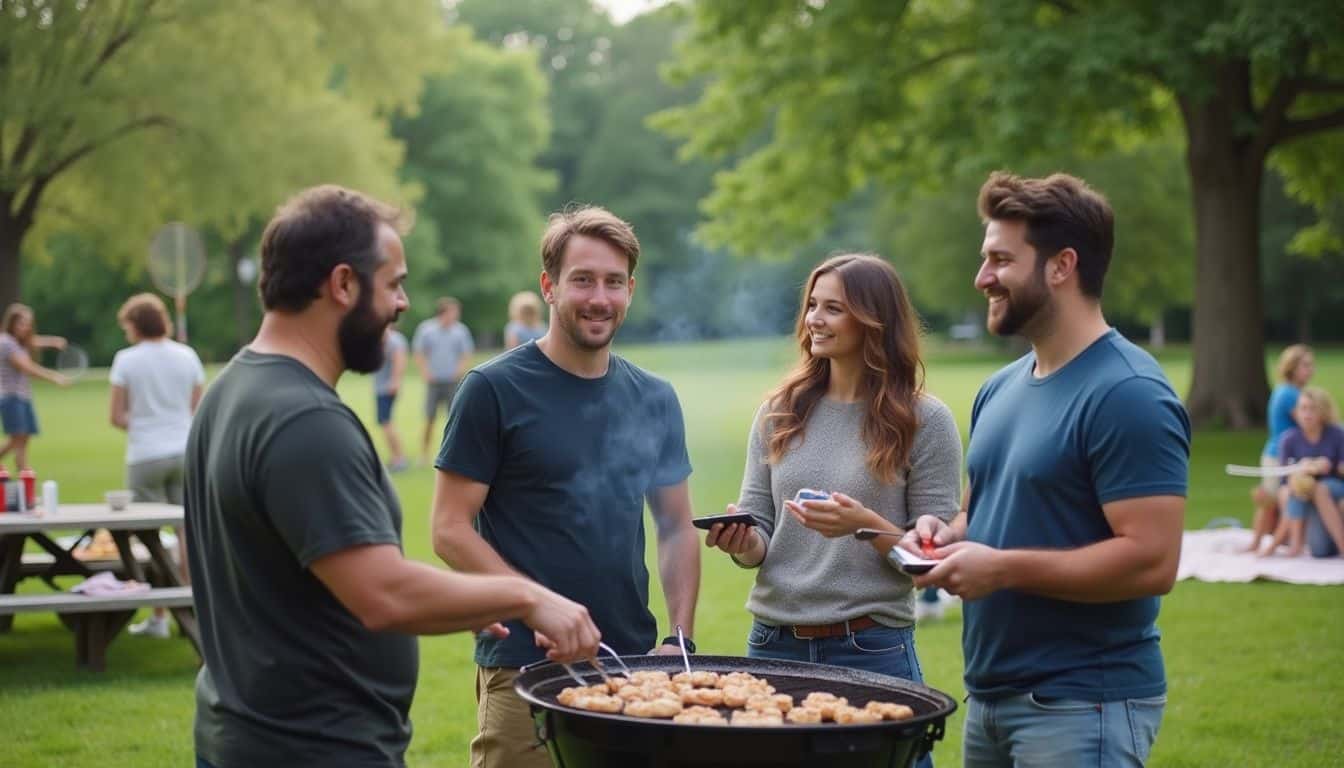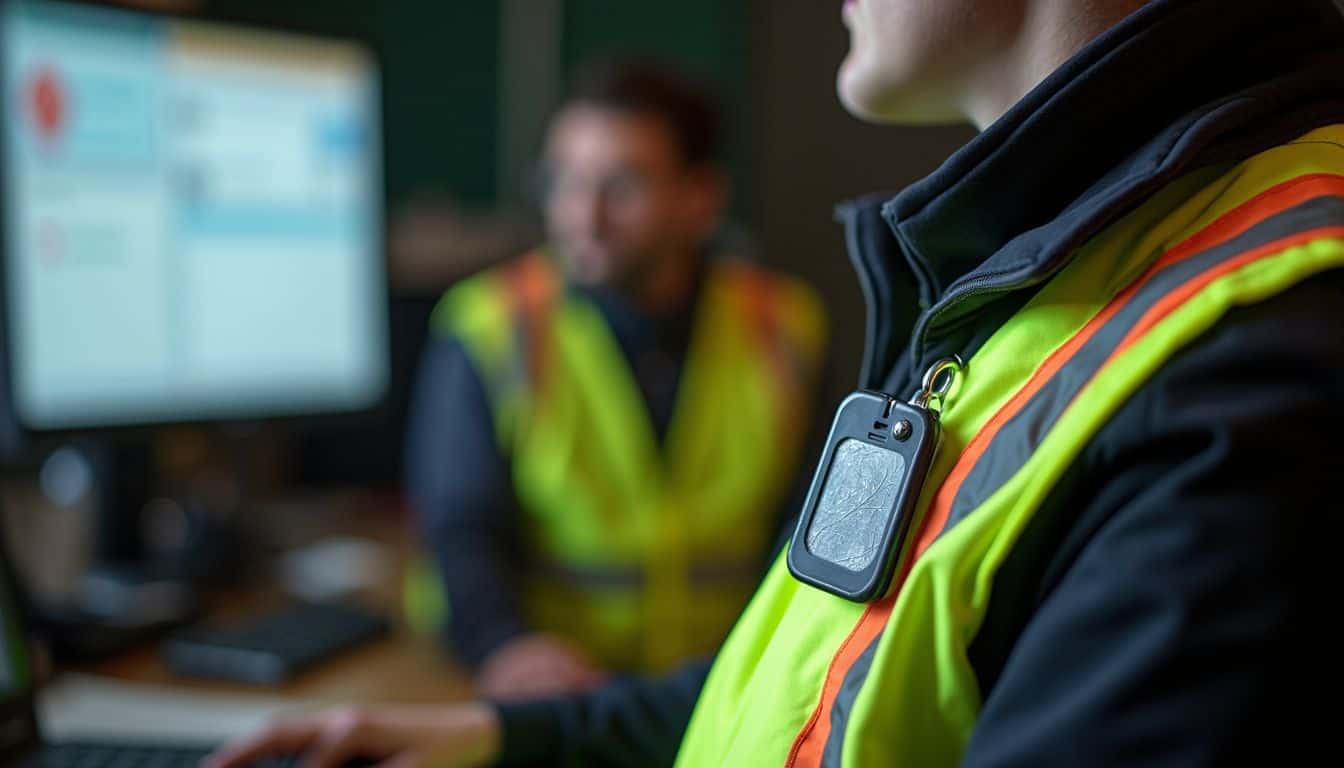Struggling to boost workplace safety? You are not alone. A smart safety incentive program turns rules into daily habits and supports safer choices.
These programs pair fair goals with meaningful incentives. They also reinforce safety training and a strong safety culture, so risks drop and confidence grows.
Below are 7 proven examples you can use right away. You will see ideas that fit tight budgets and busy teams. Many women lead safety efforts, so each idea is practical, respectful, and easy to manage.
Key Takeaways
Safety incentive programs use cash bonuses, gift cards, and public praise to lower injuries and support OSHA compliance.
Non-cash rewards, like certificates and branded gear, encourage PPE use and hazard reporting without tax headaches.
Group incentives such as team lunches or outings build teamwork and help women feel seen for daily safety wins.
Positive reinforcement, including gamified tracking systems, raises engagement and should never block honest reporting.
In 2025, expect more real-time tools, wearables, peer programs, and tiered rewards for proactive reporting and safe habits.
Table of Contents
Monetary Safety Incentive Programs

Monetary programs use cash or gift cards to reward safe actions. Clear goals and steady feedback help reduce the chance of a workplace injury.
KPIs, or key performance indicators, track progress. Examples include PPE checks, hazard reports, and safe driving records.
How do performance-based cash bonuses encourage safety?

Performance-based cash bonuses reward specific safe behavior. Common goals include incident-free days, correct PPE use, and quick hazard reports.
Spot awards give immediate praise. They help reinforce safe choices in the moment. Monthly or quarterly bonuses can mark milestones, like 90 days with no lost time.
One simple plan pays $100 for 90 safe days. It keeps focus on actions that prevent injuries, like proper lifting or careful driving.
Results often include fewer injuries and better compliance with Occupational Safety and Health Administration rules. Bonuses should support honest reporting, not hide incidents. Work with the safety committee to set fair rules and clear communication.
Ready to celebrate safe milestones with flexible rewards? Gift cards can make that easy inside your growing safety culture.
What types of gift cards reward safety goal achievements?

Gift cards feel personal and are easy to manage. Choose cards people will use and that match your budget.
- Grocery store gift cards help with weekly expenses for any age group.
- Restaurant gift cards turn safe work into a shared meal with family.
- Gas station gift cards help commuters and field staff.
- Big-box retailer cards, like Target or Walmart, cover many needs at once.
- Movie theater gift cards add fun to safety recognition.
- Online retail cards, including Amazon, give wide choice and quick delivery.
- Coffee shop gift cards are a quick thank-you for morning or night shifts.
- Match value to effort. Try $10 for small wins and $50 for big milestones.
- Frequent small rewards build habits better than rare large prizes.
- Ask for feedback. In our 2023 team poll, groceries ranked first.
- OSHA encourages non-cash incentives like gift cards for easy administration and strong motivation.
Non-Monetary Safety Incentive Programs

Non-monetary rewards can be just as powerful. They support PPE, which means personal protective equipment, and refresh training without adding payroll costs.
How can recognition awards motivate safer behavior?

Public recognition motivates people to repeat safe actions. Awards during safety training sessions or town halls make that effort visible.
Certificates and plaques work as daily reminders. Branded items with safety messages can also reinforce OSHA rules and reduce claim costs.
Make recognition open to all roles and shifts. That supports fair reporting and keeps your program strong over time.
Certificates do not collect dust, they remind workers every day why staying safe matters.
Next up, see which safety-themed items people actually enjoy using on and off the job.
What safety-themed merchandise is effective for incentives?
 Safety-themed items build pride and spark daily conversations about safe work. They are visible, useful, and easy to award on the spot.
Safety-themed items build pride and spark daily conversations about safe work. They are visible, useful, and easy to award on the spot.
- Safety Bucks for safe acts. People collect and trade them for gear or perks, which encourages PPE use and reporting.
- Helmet or locker stickers with safety slogans for quick weekly or monthly wins.
- Branded T-shirts with safety messages that many women wear outside work.
- PPE upgrades, like better gloves or custom hard hats, for a 30-day safe streak.
- Mugs and bottles with
Zero Incidents
to remind teams of shared goals. - Movie tickets or local gift cards handed out by supervisors for instant praise.
- Lottery tickets for small, fun rewards tied to correct PPE each shift.
- Breakfast with the Boss for personal time with leadership in a relaxed setting.
Group recognition turns these small wins into team momentum. The next section shows how.
Group-Based Safety Incentive Programs

Group-based programs reward teams for consistent safe behavior. Many use gamification, which means adding game-style points and levels, to track progress against OSHA goals.
What team outings reward meeting safety benchmarks?

Outings celebrate teams that meet key safety goals. They build connection and keep people engaged.
- Team lunches for crews that meet PPE compliance rates for 30 days.
- Escape rooms for quarters with zero incidents in behavior-based programs.
- Monthly raffles. Eligible teams that meet all benchmarks can win dinner or bowling.
- Emergency drill contests with tickets or outings for top performance.
- HSE leaderboards show top departments. Winners earn fun trips like mini-golf.
- Monthly committee challenges. Document safe practices and win a department movie night.
- Vendors like Edco offer flexible recognition options. See Edco Awards for ideas.
How do department-wide rewards promote zero incidents?

Team outings lift morale. Department-wide rewards can drive steady, daily change.
- Offer free lunches for zero incidents in a month. The goal is clear and shared.
- Give public praise at monthly meetings to reinforce PPE rules and OSHA guidance.
- Post group certificates or plaques in the break room for lasting pride.
- Allow charity donations as rewards to boost community impact and participation.
- Use Safety Compliance Points to trade collective wins for group perks.
- Friendly contests for the lowest incident rate raise engagement across departments.
- Share targets and progress so everyone understands expectations and next steps.
- Keep reporting easy and safe. Honest reports fix problems before someone gets hurt.
Behavioral-Based Safety Incentive Programs

Behavior-based programs focus on actions people can control. Gamification makes those actions visible and engaging, which helps people follow OSHA rules.
How does positive reinforcement improve safe practices?

Positive reinforcement rewards safe actions as they happen. Spot Safety Awards and quick gift cards give instant feedback for following OSHA rules.
Public praise builds motivation and speeds hazard detection. Over time, that can reduce monthly incident counts and insurance costs.
Supervisors can add peer recognition systems and shout-outs. Immediate feedback has raised engagement by about 20 percent in many teams. Keep rules and rewards clear to protect fair reporting.
What are peer recognition systems for safety?

Peer systems let employees lift each other up for safe behavior. They work best with simple rules and visible results.
- Nominate coworkers for Safety Excellence Awards to build trust.
- Use shout-outs or formal nominations that align with OSHA guidance.
- Encourage more communication about safety practices across shifts.
- Post nomination results often so people see impact and progress.
- OSHA supports these systems, as long as they do not block reporting.
- Offer monthly gift cards or public mentions during team meetings.
- Many workers feel seen with peer praise, which keeps safe habits strong.
How Will Safety Incentive Programs Evolve in 2025?

Safety programs will shift toward proactive habits. Expect more rewards for reporting hazards, logging near-misses, and completing focused training.
Real-time apps will help teams report issues in minutes. Wearables, like badges or watches, will track safe behavior and prompt quick corrections.
Gamification will use points, leaderboards, and simple milestones to keep people engaged. Tiered rewards will appear at the individual, team, and company levels.
Peer-to-peer recognition will grow, since it is fast and fair. These steps reduce complacency and work within budget limits set by leadership.
Disclaimer: This article is general information, not legal advice. For OSHA or policy decisions, consult a qualified safety professional or legal counsel.
People Also Ask
What is the role of the Occupational Safety and Health Administration in safety incentive programs?
The Occupational Safety and Health Administration sets rules for workplace safety. It guides how to design legal and effective safety incentive programs.
How do safety incentive programs meet Occupational Safety and Health Administration (OSHA) standards?
Programs must not hide injuries or discourage reporting. They should reward safe actions that follow OSHA guidelines.
Why are OSHA-compliant safety incentives important for companies?
Following OSHA rules helps prevent fines, supports a safer workplace, and builds trust with workers.
Can you give examples of rewards used in successful OSHA-approved programs?
Common rewards include gift cards, extra time off, or public recognition when teams reach clear safety goals set by the company under OSHA’s guidance.
References
https://www.indeed.com/career-advice/career-development/safety-incentive-programs-examples
https://www.cashort.com/blog/safety-incentives-examples (2025-01-13)
https://safetyculture.com/topics/culture-of-safety/safety-incentive-program/ (2024-12-20)
https://www.safetybydesigninc.com/ideas-best-safety-incentive-programs-for-employees-examples/
https://www.alert-software.com/blog/safety-incentive-programs (2024-04-10)
https://globaltraining.com/safety-incentive-programs-that-actually-work-in-2025/ (2025-01-20)
